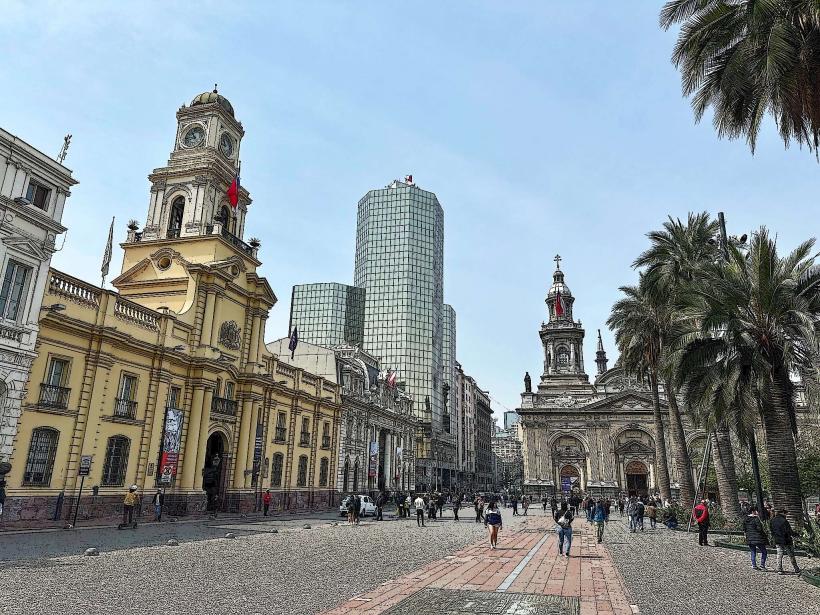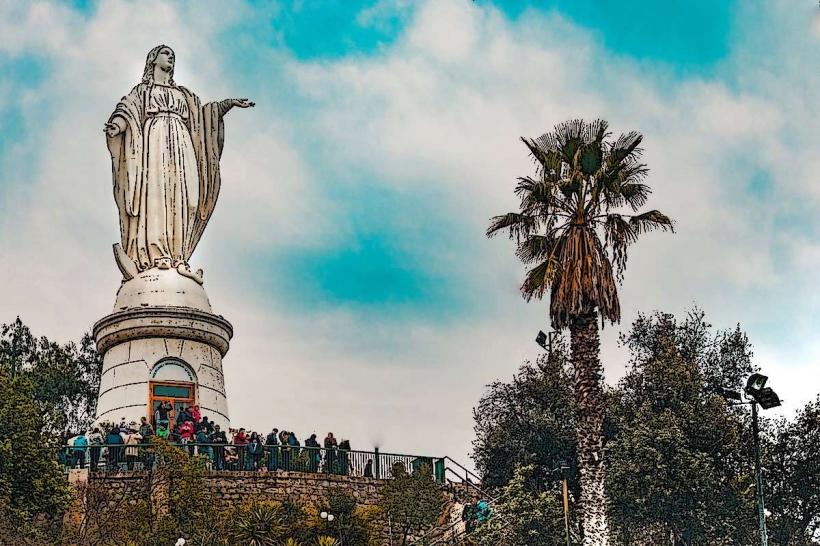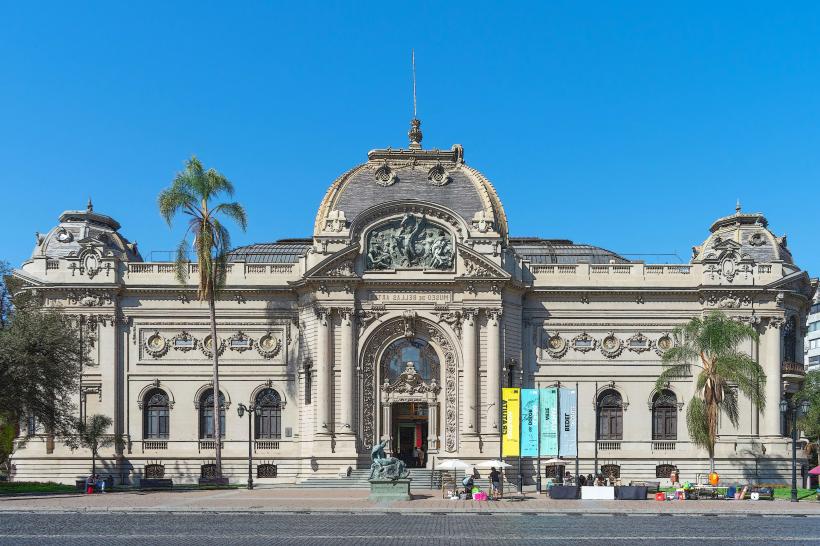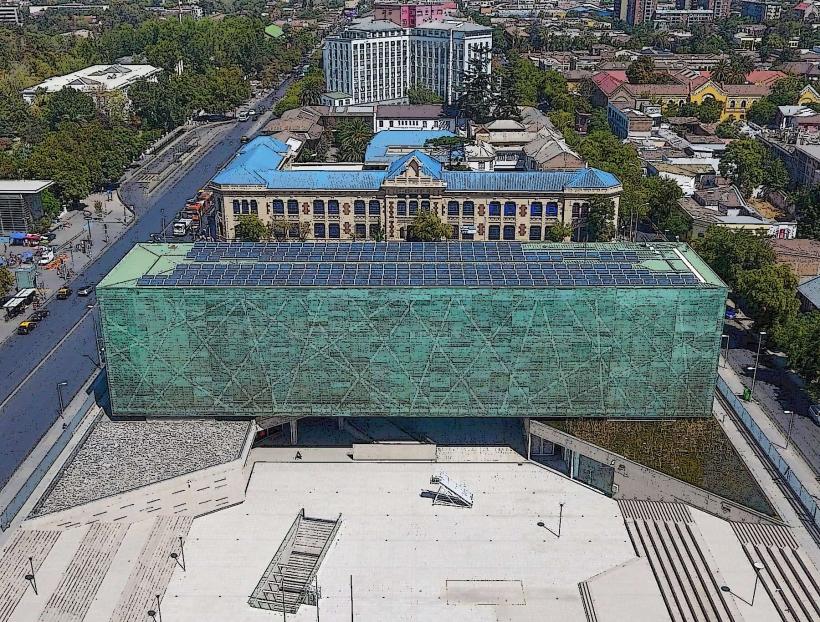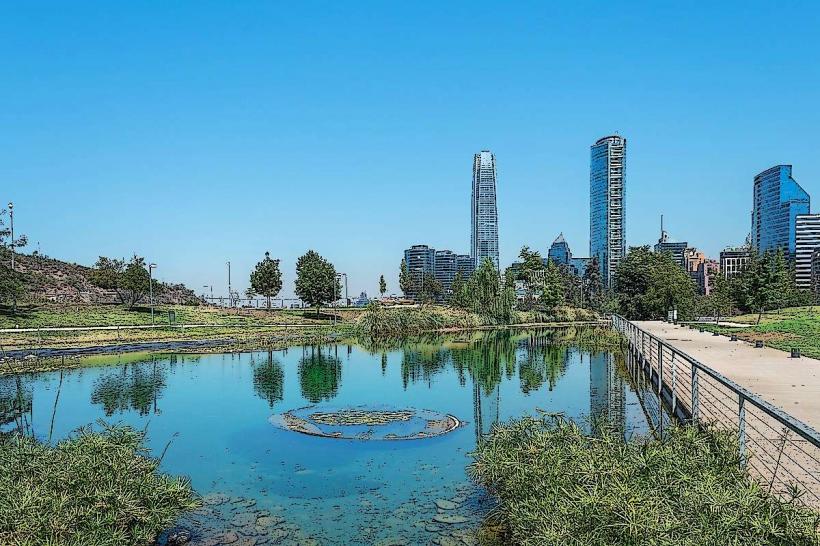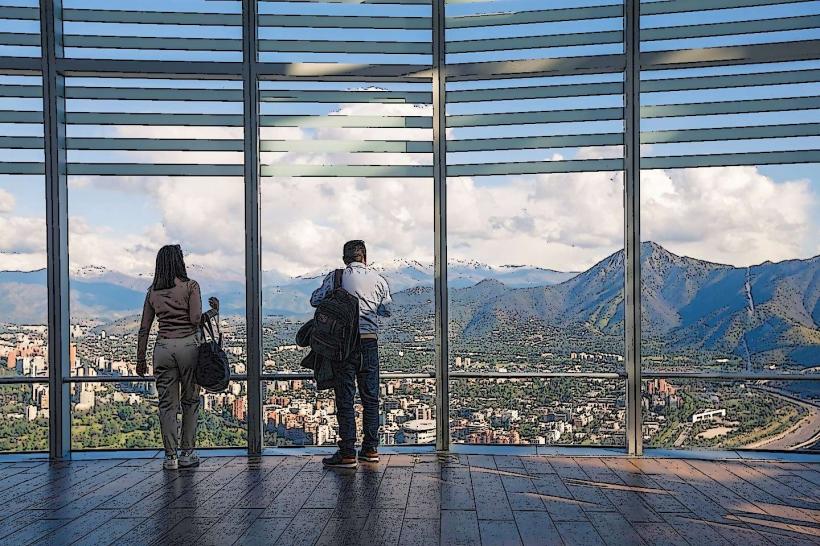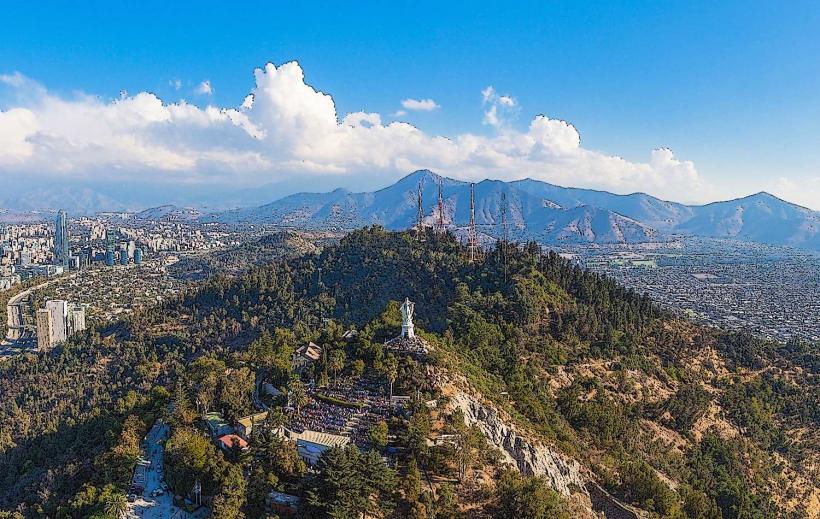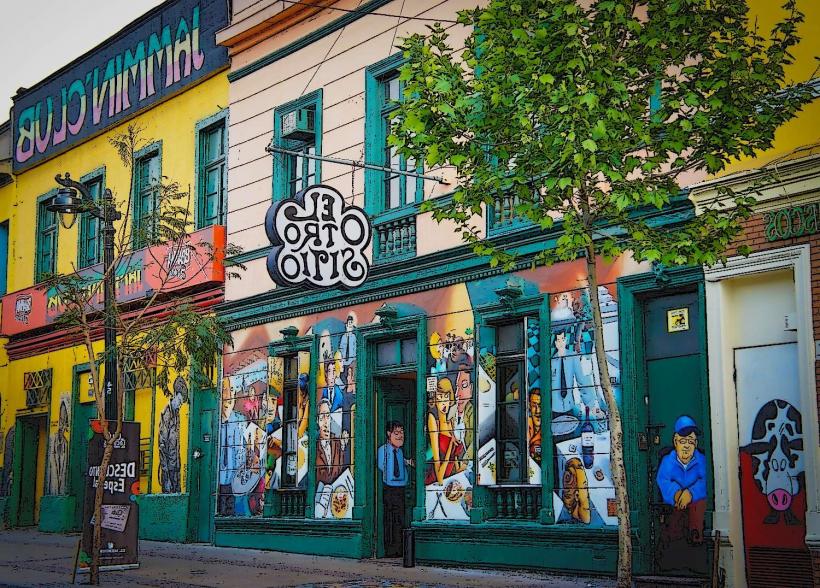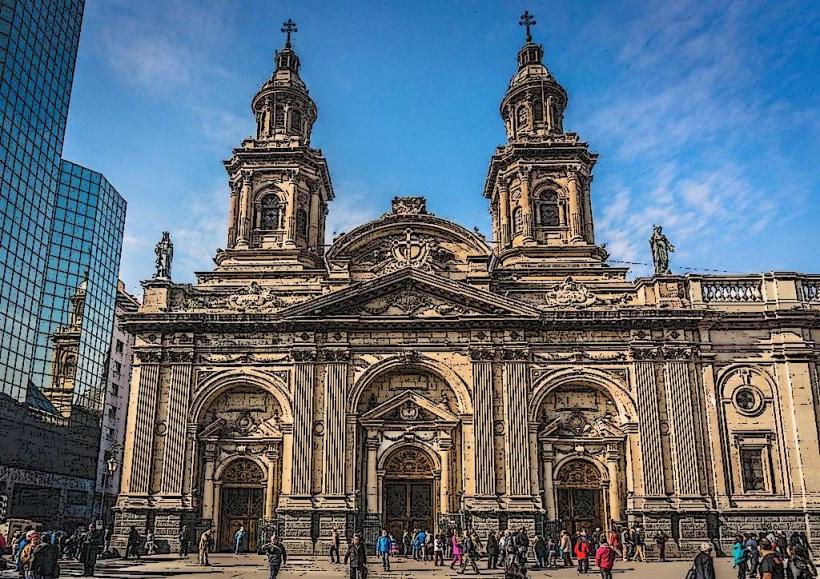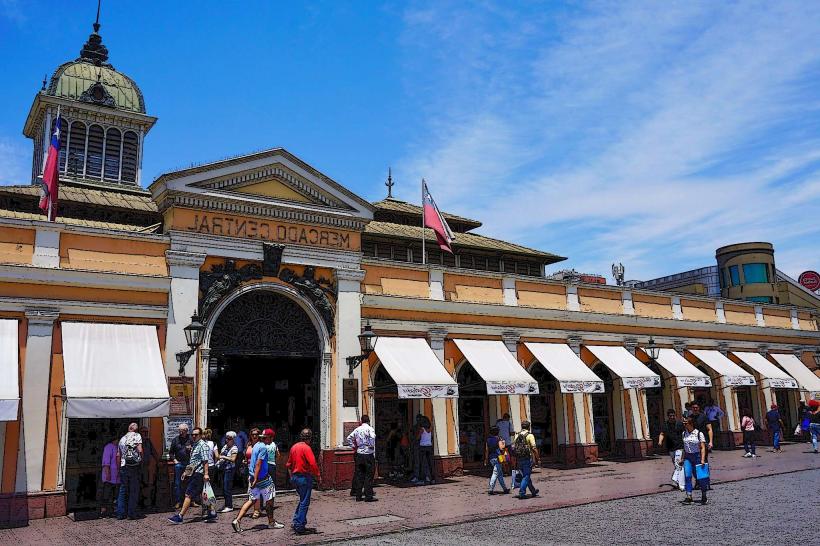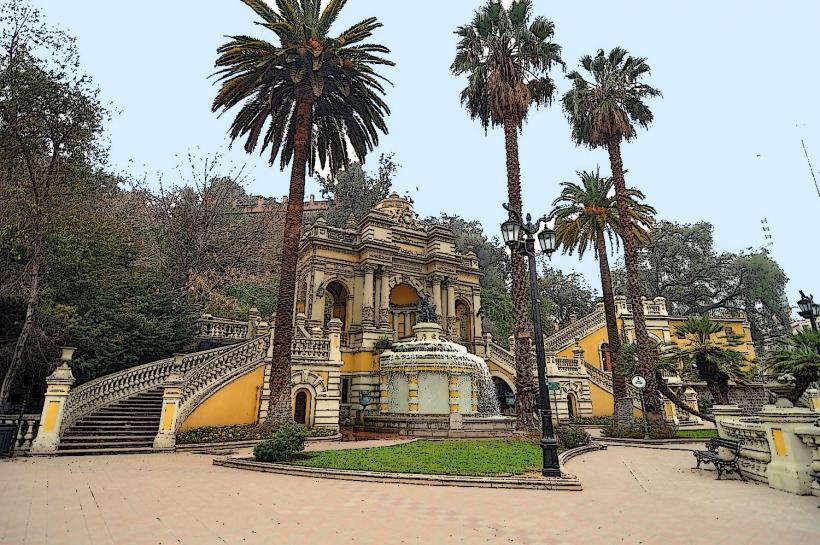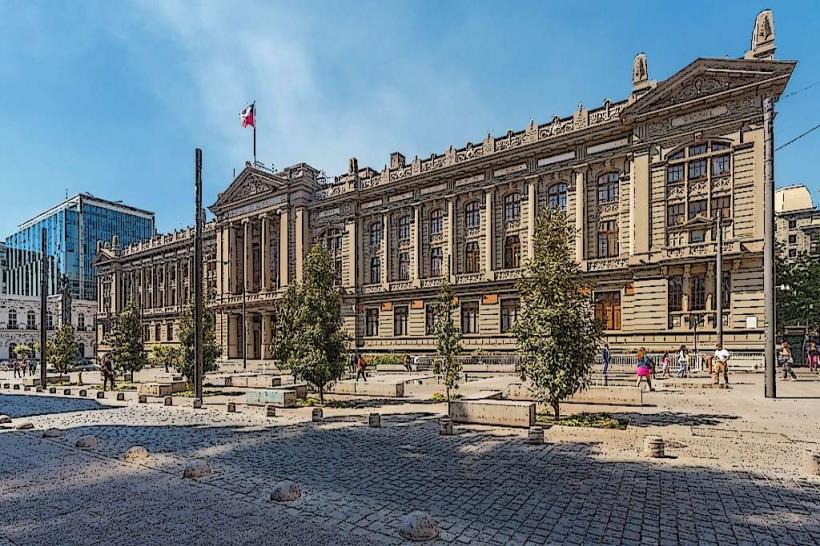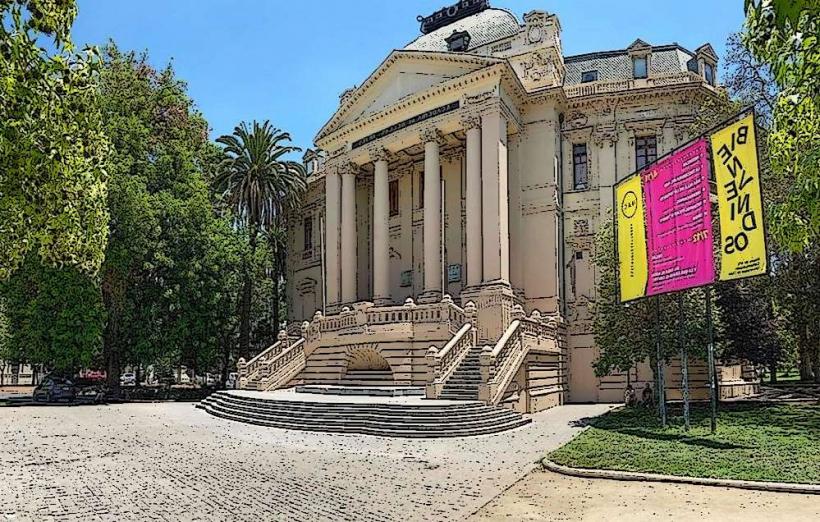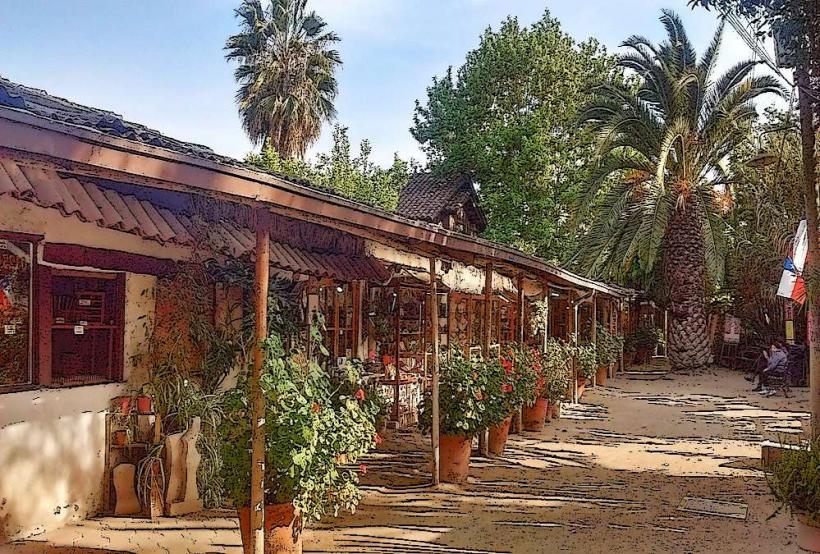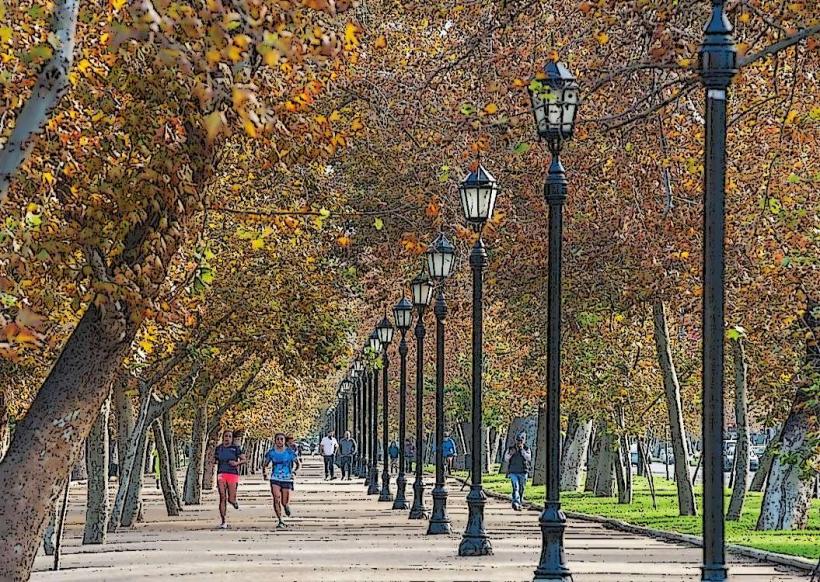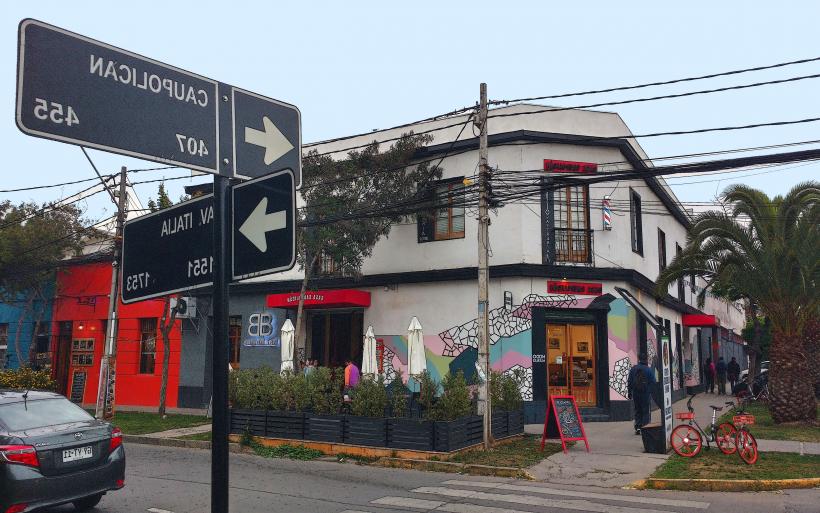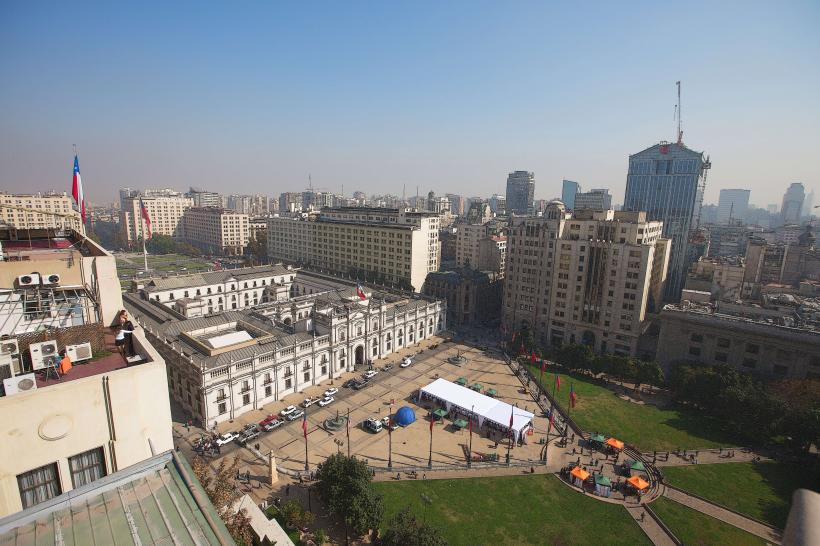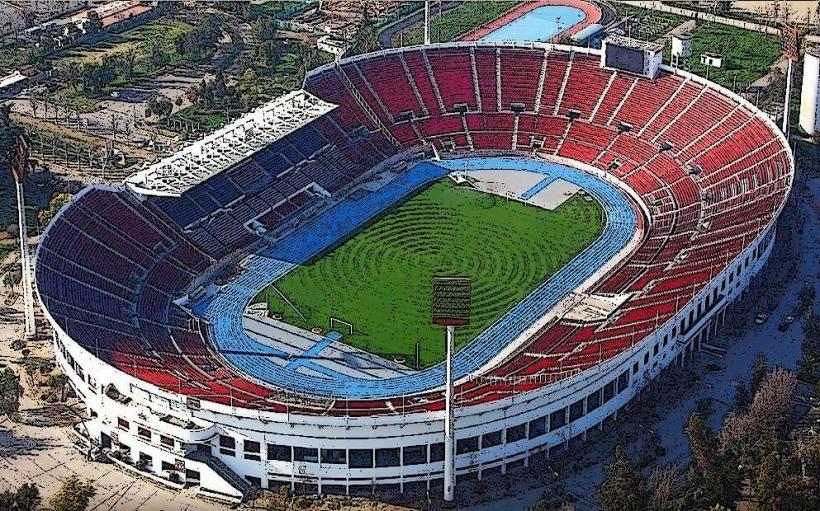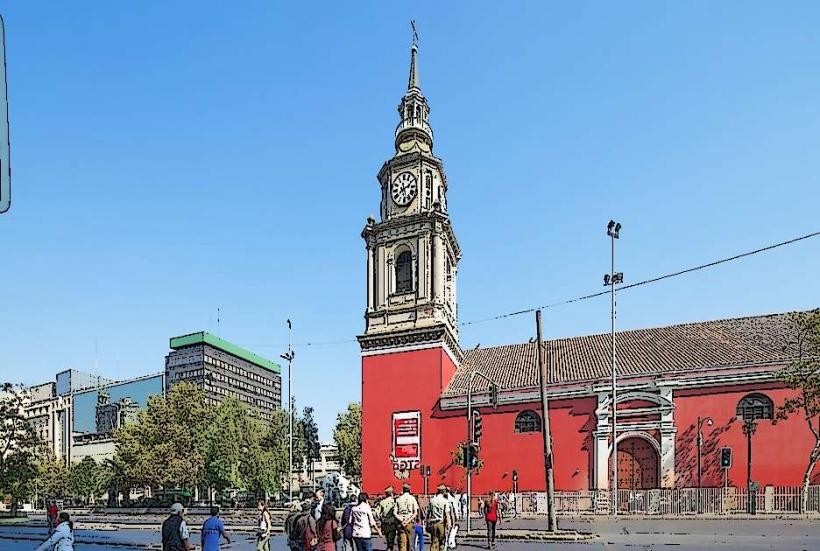Information
Landmark: La Moneda PalaceCity: Santiago
Country: Chile
Continent: South America
La Moneda Palace, Santiago, Chile, South America
Overview
In Santiago, Chile, La Moneda Palace - its pale stone gleaming in the sun - stands as a national icon and the official seat of the President.You’ll find it in the heart of downtown, right on the Plaza de la Constitución, where it stands as both a cornerstone of Chile’s political life and a landmark steeped in history.First.Back in the late 1700s, La Moneda rose from the ground as a place to press shiny new coins-hence its name, “The Mint.”Italian architect Joaquín Toesca designed the building, and in 1784, under orders from the Spanish colonial government, workers laid its first stones.The work wrapped up in 1805, the ink on the final plans still fresh.The building was first built to house the Royal Mint of Chile, where workers hammered gleaming coins for the Spanish Empire.For decades, the mint clinked with the sound of coins before the government claimed it for another purpose.In 1846, La Moneda took on a new role, becoming Chile’s official presidential palace, its stone halls echoing with the footsteps of the nation’s leaders.Since then, it’s served as both the President’s workplace and official residence, though no one sleeps there anymore-the rooms stay dark at night because modern presidents live elsewhere.Over the years, the building has changed shape and style, gaining new wings and fresh interiors, and even a crisp neo-classical facade with tall white columns.Even now, the palace keeps much of its original neoclassical grace-tall white columns, broad steps-and stands as proof of Europe’s architectural mark on Chile during the colonial era.Number two.La Moneda Palace stands as an impressive example of neoclassical architecture, its balanced façade framed by towering columns, broad stone staircases, and sunlit courtyards that seem to echo with footsteps.The palace complex features several notable areas, starting with the main facade-a grand, perfectly balanced face of the building, lined with tall columns and carved stone figures that catch the afternoon light.Tall stone pillars frame the grand entrance, where heavy wooden doors stand cool to the touch.A Chilean flag hangs boldly at the palace’s front, its red stripe catching the morning light.Each morning, the flag climbs the pole to honor the President’s work, and when the sun dips low, it’s lowered to signal the close of the day’s duties.Inside, the space feels grand and formal, with rich furnishings-ornate paintings lining the walls, crystal chandeliers casting a warm glow, and patterned floors underfoot.Perched on the top floor, the Presidential Office is built to embody the dignity of its role, with polished wood and quiet light lending it a calm authority.Courtyards: Several inner courtyards ring the building, offering open breathing space in the city’s crowded heart.In the main courtyard, a stone fountain splashes beside neatly kept gardens, and the space often hosts official ceremonies and events.Three.In Chilean politics, La Moneda Palace stands as a powerful symbol of the nation’s history, its white stone walls reflecting both past struggles and present power.Major national events have unfolded here-heated political decisions made, and history itself marked in moments you could almost hear echoing through the room.La Moneda is both the President of Chile’s home and workplace, where decisions are made and papers pile up on a long wooden desk.On the upper floor, the President’s Office hums with key meetings, sharp discussions, and pivotal decisions, sometimes over the scent of fresh coffee.It also welcomes foreign leaders and dignitaries on official visits, sometimes greeting them with a handshake on the sunlit steps.La Moneda has witnessed some of Chile’s most pivotal moments, especially during times of political upheaval-like the tense morning when soldiers surrounded its gates.It’s best remembered as the place where, on September 11, 1973, soldiers led by Augusto Pinochet stormed in and ousted President Salvador Allende, ending his democratically elected government.safeThat moment sparked a military dictatorship that gripped the country until 1990, its rule felt in every curfew and whispered conversation.Because of its role in the event, the palace has come to stand for Chile’s fierce political struggles and moments of change, like the echoes of protest once heard in its stone halls.Since democracy returned in the late 20th century, La Moneda has stood as a proud emblem of Chile’s government and steady political life, its white stone façade catching the afternoon sun in Santiago’s heart.Number four sits there, small and plain, like a neat mark on a page.Today, La Moneda Palace still hums with political life, standing as one of Chile’s most important landmarks, its white stone walls catching the midday sun.It serves as the president’s base of operations and doubles as a stage for major public ceremonies and cultural gatherings, from solemn speeches to music drifting across the courtyard.La Moneda hosts a range of public events, from the swearing-in of new presidents to Independence Day celebrations, and even the crisp, rhythmic changing of the guard every other day.Visitors can join guided tours of La Moneda, stepping into cool, echoing halls where history lingers, and discover the building’s role in shaping Chile’s past.The palace often hosts exhibitions that bring Chile’s art, culture, and history to life, from vivid oil paintings to delicate handwoven textiles.Beneath the palace, visitors can step into the Cultural Center of La Moneda, where bright galleries, intimate theaters, and small museum halls invite them to linger.The Cultural Center of La Moneda, opened in 2006, sits tucked beneath the palace, where it hosts art exhibitions, live concerts, and other cultural events that fill its halls with color and sound.It’s a space where the public can dive into the arts, offering a fresh window into Chilean culture-like catching the flicker of a dancer’s red skirt in mid-step.Five.Every other morning at exactly 10:00, soldiers in crisp uniforms march before La Moneda for the Changing of the Guard, one of the palace’s most iconic and symbolic traditions.Tourists flock to the ceremony, a time-honored military ritual that’s been carried out since the 1800s, with boots striking the pavement in crisp, steady rhythm.Chile’s national police, the Carabineros, mark the occasion with crisp drills and the sharp rhythm of boots striking pavement.The event showcases Chile’s deep military tradition, with bright uniforms flashing in the sun and precision marches that draw crowds of locals and visitors from abroad.At La Moneda, political, cultural, and historical stories meet under one roof.At the heart of Chile’s public life, it carries deep cultural weight-shaping government decisions and guarding the nation’s identity, much like the scent of fresh empanadas drifting through a bustling plaza.La Moneda has stood through every turn in Chile’s democracy, from tense protests outside its white stone walls to moments of celebration, and many Chileans see it as a powerful symbol of unity.When the military dictatorship ended in 1990, the palace turned into a symbol of democratic renewal, and later presidents worked to strengthen those processes, from open debates in its grand hall to reforms that reached every province.Through its cultural center and open doors to the public, La Moneda invites people to step in, linger over Chilean paintings, trace the country’s history, and join conversations about its politics.It’s a place where Chileans gather to honor their national identity, pausing to reflect on the nation’s tangled history, from the scent of traditional empanadas to the echo of old protest songs.Seven.La Moneda Palace isn’t only the president’s workplace-it’s where Chile’s history has turned on pivotal moments, from tense cabinet meetings to the echo of footsteps in its stone halls.Whether you’re here for a guided tour, watching the guard change in crisp uniforms, or taking in a public event, La M offers something to remember.

